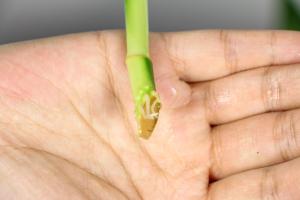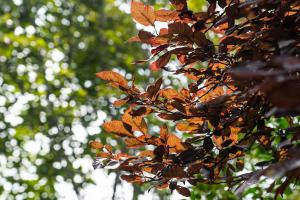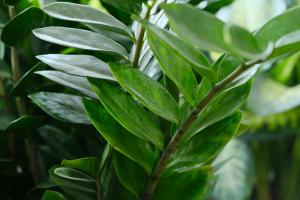Are LED Bulbs Good for Plants?
LED bulbs have become increasingly popular due to their energy efficiency and long lifespan. They are commonly used in households and offices as a replacement for traditional incandescent bulbs. However, many people are now asking whether LED bulbs are good for plants. In this article, we will explore the pros and cons of using LED bulbs for indoor plant growth.
Pros of Using LED Bulbs for Plants
The main advantage of using LED bulbs for plant growth is their energy efficiency. LED bulbs use up to 50% less energy than traditional incandescent bulbs, which means they are much cheaper to run. They also produce less heat, which is beneficial for plants that are sensitive to temperature changes.
Another advantage of LED bulbs is their long lifespan. The average lifespan of an LED bulb is around 25,000 hours, which is much longer than a traditional incandescent bulb. This means that you won't have to replace your bulbs as often, which is more cost-effective in the long run.
LED bulbs also come in a range of colors, which can be beneficial for plant growth. Different colors of light can affect how plants grow, so you can customize the color of your LED bulbs to suit your plants.
Cons of Using LED Bulbs for Plants
One of the main disadvantages of using LED bulbs for plant growth is that they can be expensive. LED bulbs are more expensive to purchase than traditional incandescent bulbs, so you will need to factor this into your budget if you are considering using LED bulbs for plant growth.
Another disadvantage of LED bulbs is that they can be more difficult to find in stores. Traditional incandescent bulbs are widely available in supermarkets and hardware stores, whereas LED bulbs may require a bit more searching.
Finally, LED bulbs can produce a different spectrum of light than traditional incandescent bulbs, which can affect plant growth. While LED bulbs can be customized to produce the right spectrum of light for plant growth, it may take some trial and error to get it right.
Conclusion
In conclusion, LED bulbs can be good for plants due to their energy efficiency and long lifespan. They are also customizable to suit different plants, which is beneficial for indoor gardeners. However, LED bulbs can be expensive and more difficult to find than traditional incandescent bulbs. They can also produce a different spectrum of light, which can affect plant growth. Ultimately, it's up to you to decide whether LED bulbs are the right choice for your indoor garden.

 how many times do yo...
how many times do yo... how many planted tre...
how many planted tre... how many pine trees ...
how many pine trees ... how many pecan trees...
how many pecan trees... how many plants comp...
how many plants comp... how many plants can ...
how many plants can ... how many plants and ...
how many plants and ... how many pepper plan...
how many pepper plan...































